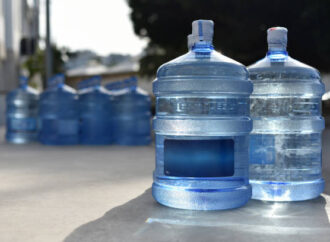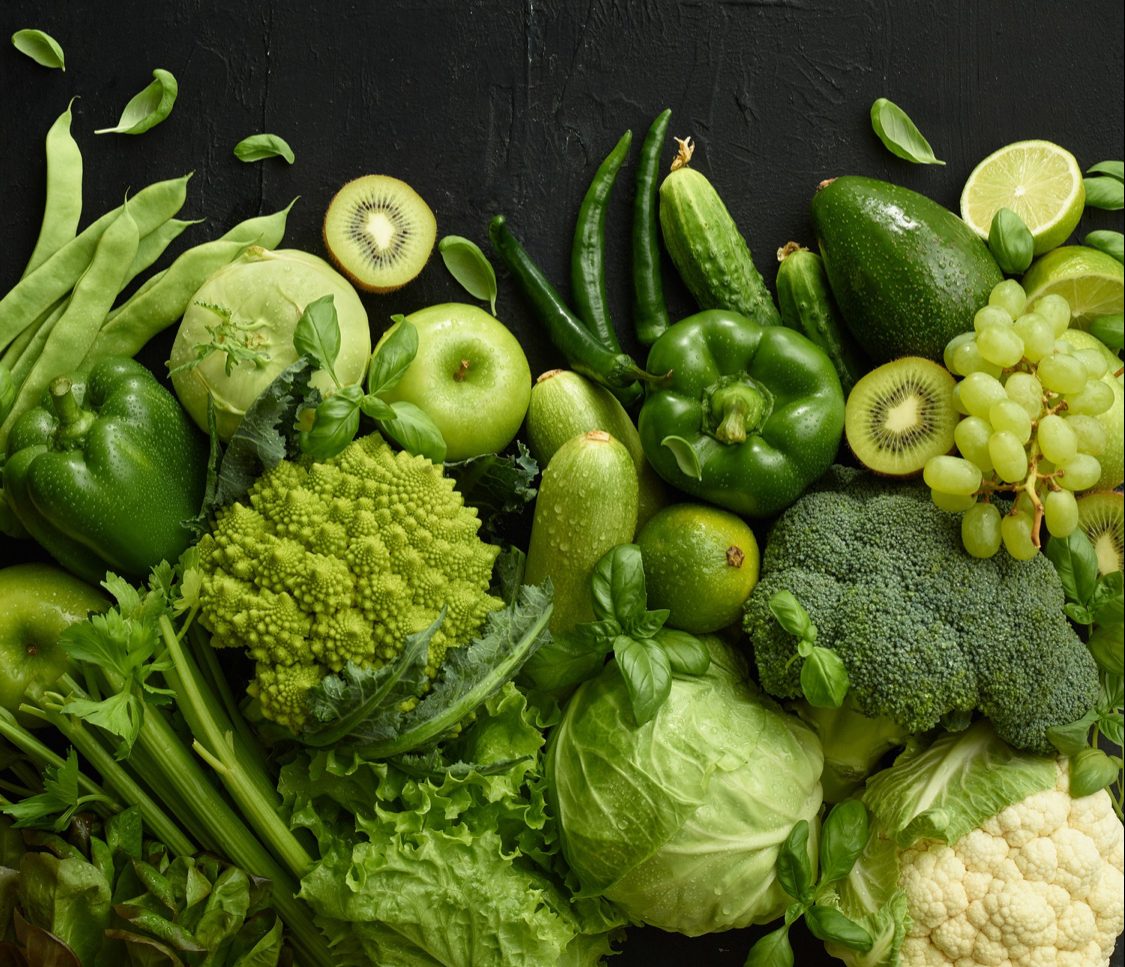Chemical hazards in food present significant risks to public health, ranging from mild discomfort to life-threatening diseases. These hazards can appear at any stage of the food production process, from farming to packaging and storage. Examples include naturally occurring toxins such as aflatoxins, residues of pesticides and fertilizers, and industrial pollutants like heavy metals and persistent organic compounds.
The presence of these harmful substances not only threatens consumer health but also undermines the integrity of food supply chains, leading to economic losses and reputational damage for businesses. Addressing these risks requires comprehensive strategies, such as stringent regulatory standards, advanced testing technologies, and collaboration within the food industry. This article explores the types of chemical hazards, their origins, health implications, and the necessary actions to create safer food systems and protect consumers.
What are the Chemical Hazards in Food?

Chemical hazards in food refer to the unintended presence of harmful substances during food production, processing, handling, and preparation. These contaminants can pose serious health risks when ingested, leading to allergic reactions, poisoning, or, in extreme cases, chronic diseases like organ failure and cancer. Preventing such contamination is a critical aspect of ensuring food safety and maintaining high-quality standards throughout the food processing cycle.
Types of Chemical Hazards
Chemical hazards in food include naturally occurring toxins, added chemicals like preservatives, and environmental contaminants such as pesticides and heavy metals. Identifying these categories is essential for managing and mitigating food safety risks.
- Naturally Occurring Chemicals: These include substances like mycotoxins produced by moulds, marine biotoxins in seafood, and plant-based toxins such as solanine in potatoes. While natural, they can be harmful if consumed in significant amounts. For example, aflatoxins from moulds can contaminate crops like peanuts and grains, posing severe risks of liver cancer.
- Added Chemicals: These encompass food additives, preservatives, and colourants. While most additives are regulated, improper use or contamination can lead to adverse effects. For instance, excessive use of artificial sweeteners or unapproved food dyes can cause health issues ranging from allergies to chronic illnesses.
- Environmental Contaminants: These include heavy metals like lead, mercury, and cadmium, pesticides, and industrial pollutants such as dioxins and PFAS (per- and poly-fluoroalkyl substances). These substances can enter food through soil, water, or air contamination, often due to industrial or agricultural activities.
Sources of Chemical Contamination
Contamination arises from agricultural chemicals, food processing additives, and environmental pollutants. Each stage of food production contributes to potential hazards that require stringent controls.
- Agricultural Practices: Pesticides and fertilizers are essential for modern agriculture but can leave residues on crops. Misuse or overuse of these chemicals increases the risk of contamination. Similarly, the use of veterinary drugs in livestock, such as antibiotics and growth hormones, can lead to chemical residues in meat and dairy products.
- Food Processing: Processing introduces chemical hazards through the use of additives, preservatives, and packaging materials. For instance, bisphenol A (BPA) in plastic packaging and can linings can leach into food, raising health concerns.
- Environmental Pollution: Industrial discharge and environmental degradation have led to the presence of heavy metals, PCBs (polychlorinated biphenyls), and other toxins in water bodies. These pollutants can bioaccumulate in fish and other aquatic organisms, entering the food chain.
Health Implications
Chemical hazards can cause immediate effects like allergies or nausea and long-term issues like cancer or neurological damage, depending on the level and duration of exposure. Effective safety measures are critical to minimize these health risks.
- Acute Effects: Symptoms like nausea, vomiting, and diarrhoea may result from consuming foods contaminated with high levels of certain chemicals. For example, histamine poisoning, caused by poorly handled fish, can lead to severe allergic-like reactions.
- Chronic Effects: Prolonged exposure to chemicals like aflatoxins, heavy metals, and certain pesticides can cause long-term health issues, including cancer, neurological disorders, and reproductive toxicity. Lead poisoning, even at low levels, impairs cognitive development in children.
Mitigation Strategies
Preventing contamination involves adopting better agricultural practices, thorough processing controls, and consumer education. Collaborative efforts ensure safer food systems and regulatory compliance.
- Good Agricultural Practices (GAP): Farmers should use pesticides and fertilizers judiciously, adhering to recommended dosages and pre-harvest intervals. Organic farming practices, which avoid synthetic chemicals, can reduce contamination risks.
- Food Processing Controls: Manufacturers must ensure the safe use of additives and packaging materials. Hazard Analysis and Critical Control Point (HACCP) systems help identify and manage chemical hazards during processing.
- Regular Testing and Monitoring: Periodic testing of food products for contaminants like heavy metals, pesticide residues, and toxins ensures compliance with safety standards. Advanced technologies like gas chromatography and mass spectrometry aid in precise detection.
- Consumer Awareness: Educating consumers about proper food handling and storage can minimize risks. Washing fruits and vegetables thoroughly and avoiding food with visible spoilage are simple but effective measures.
Conclusion
Chemical hazards in food remain a pressing concern, necessitating a collective effort from all stakeholders. By implementing best practices, adhering to regulatory standards, and leveraging technology, we can ensure safer food systems. Protecting consumers from chemical risks is not just a regulatory obligation but also a moral imperative to promote health and trust in the food industry. This proactive approach will foster not only a safer food supply but also a healthier society.
 Food Manifest
Food Manifest 


















